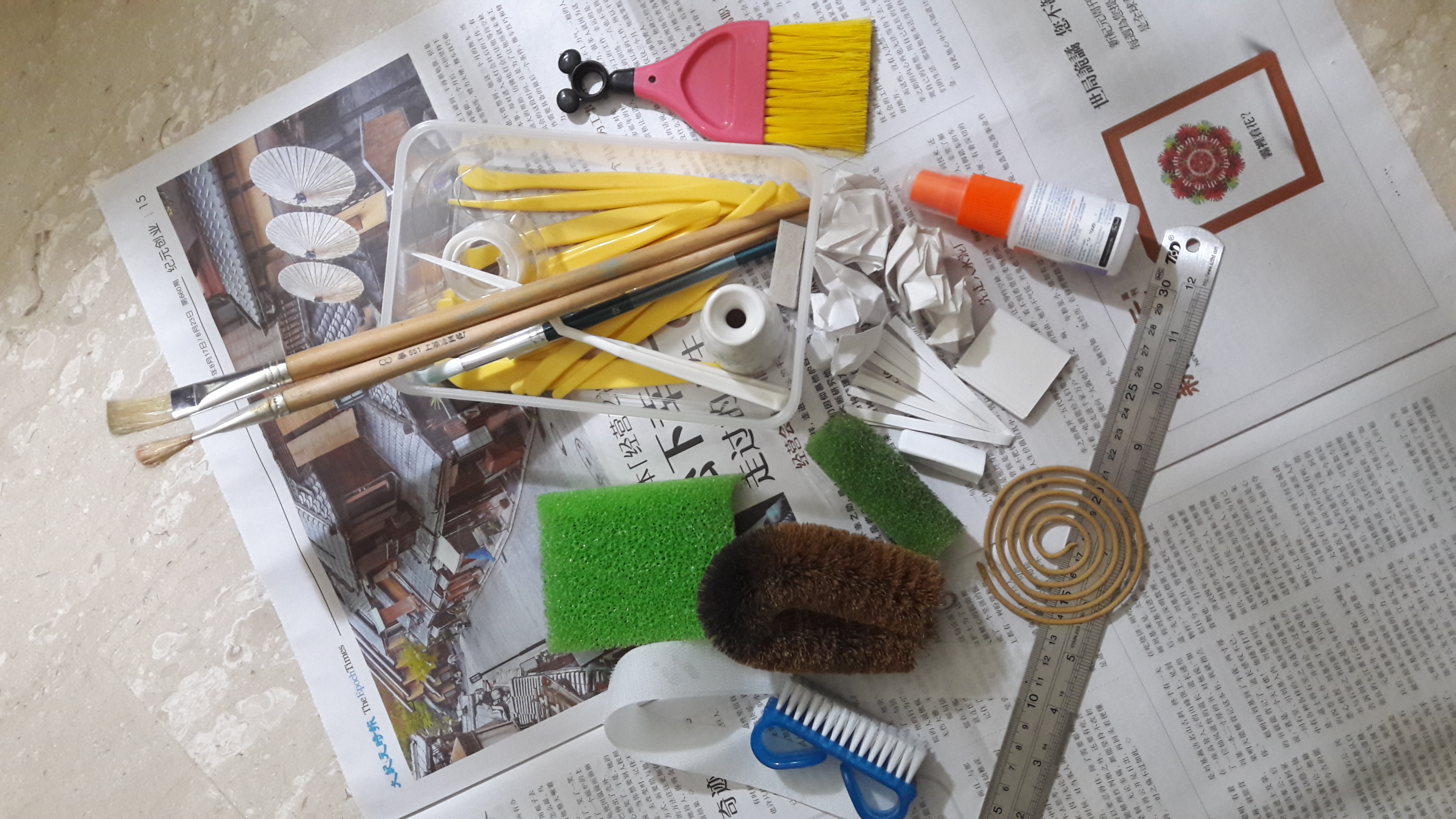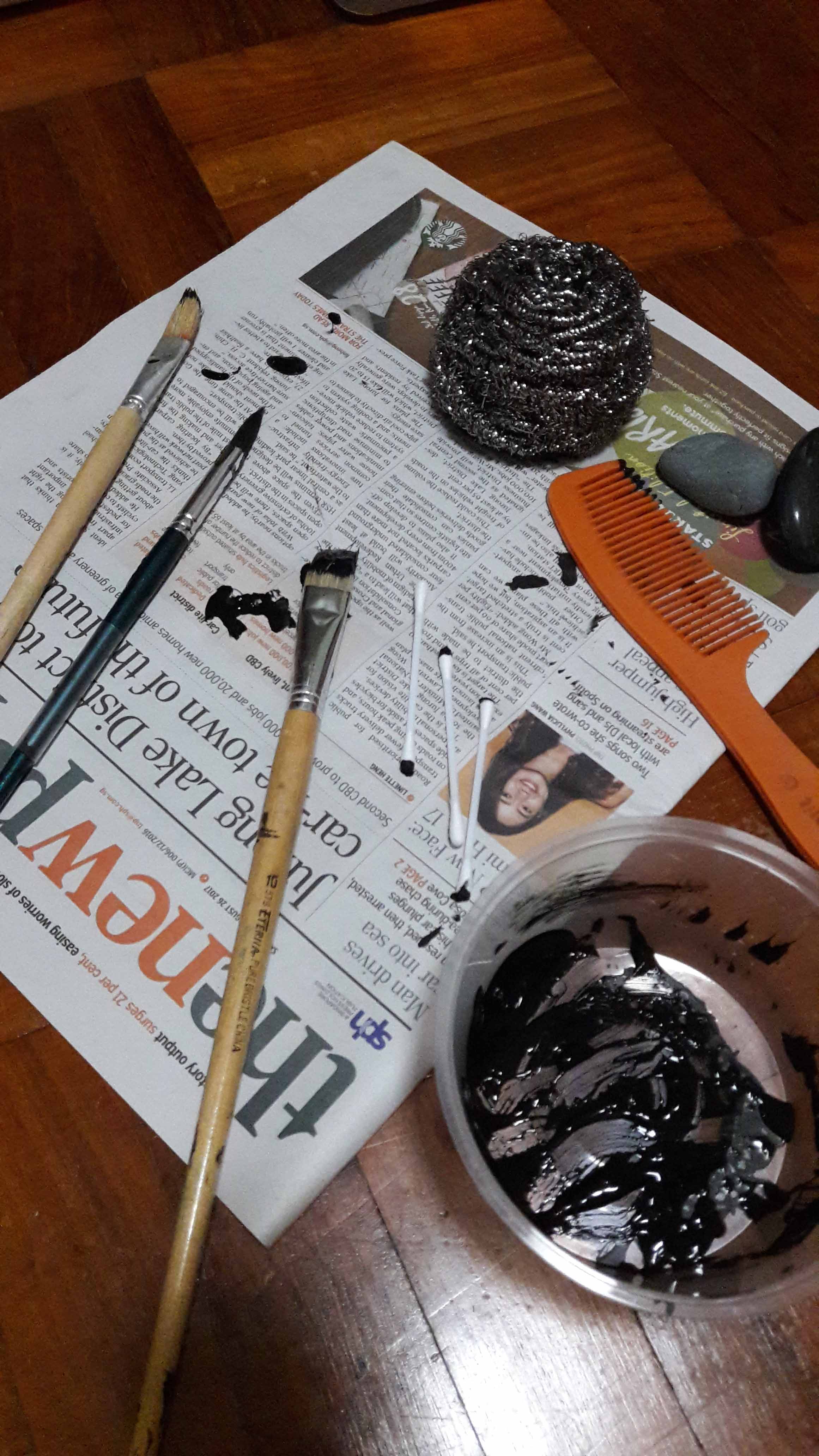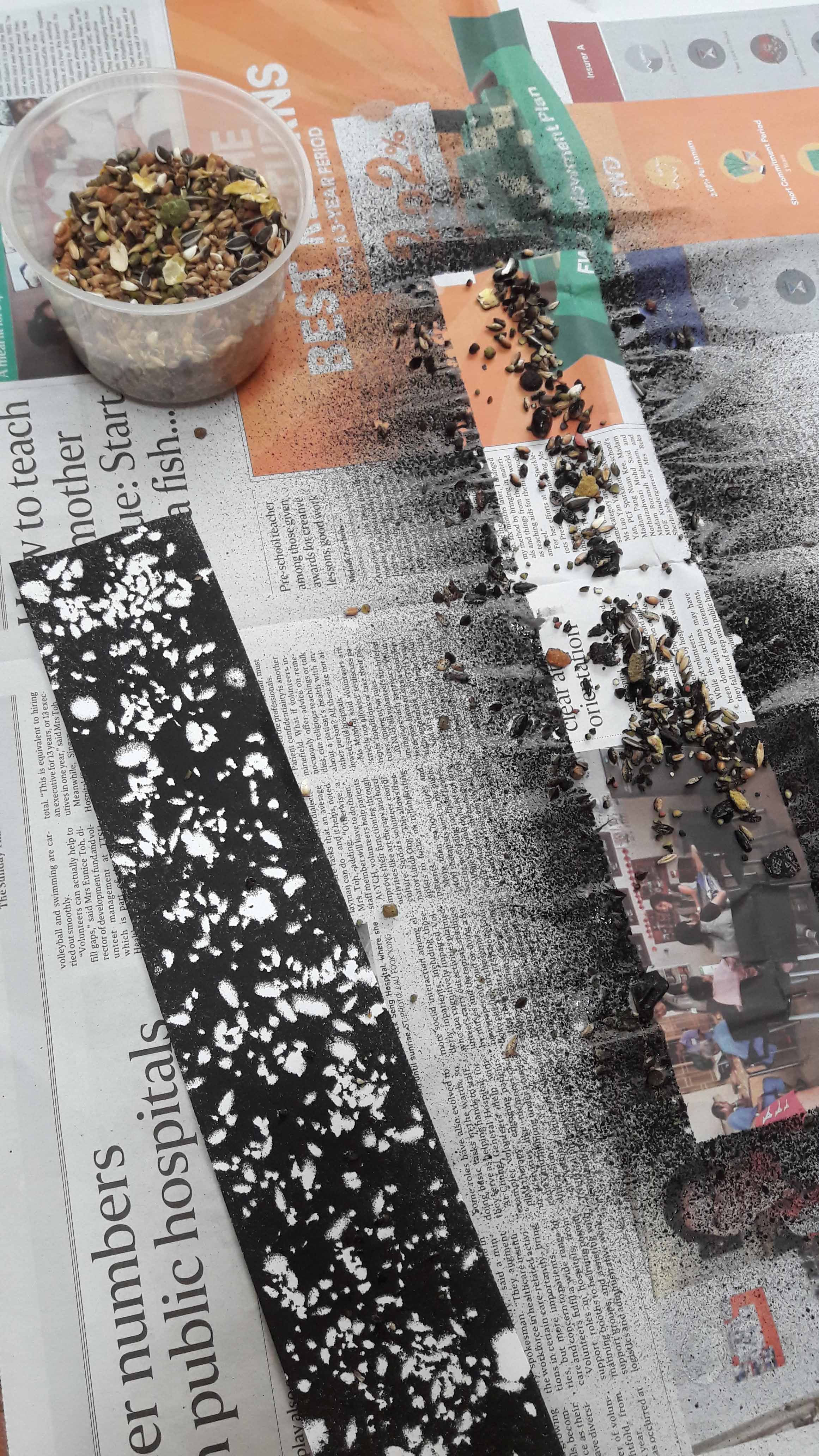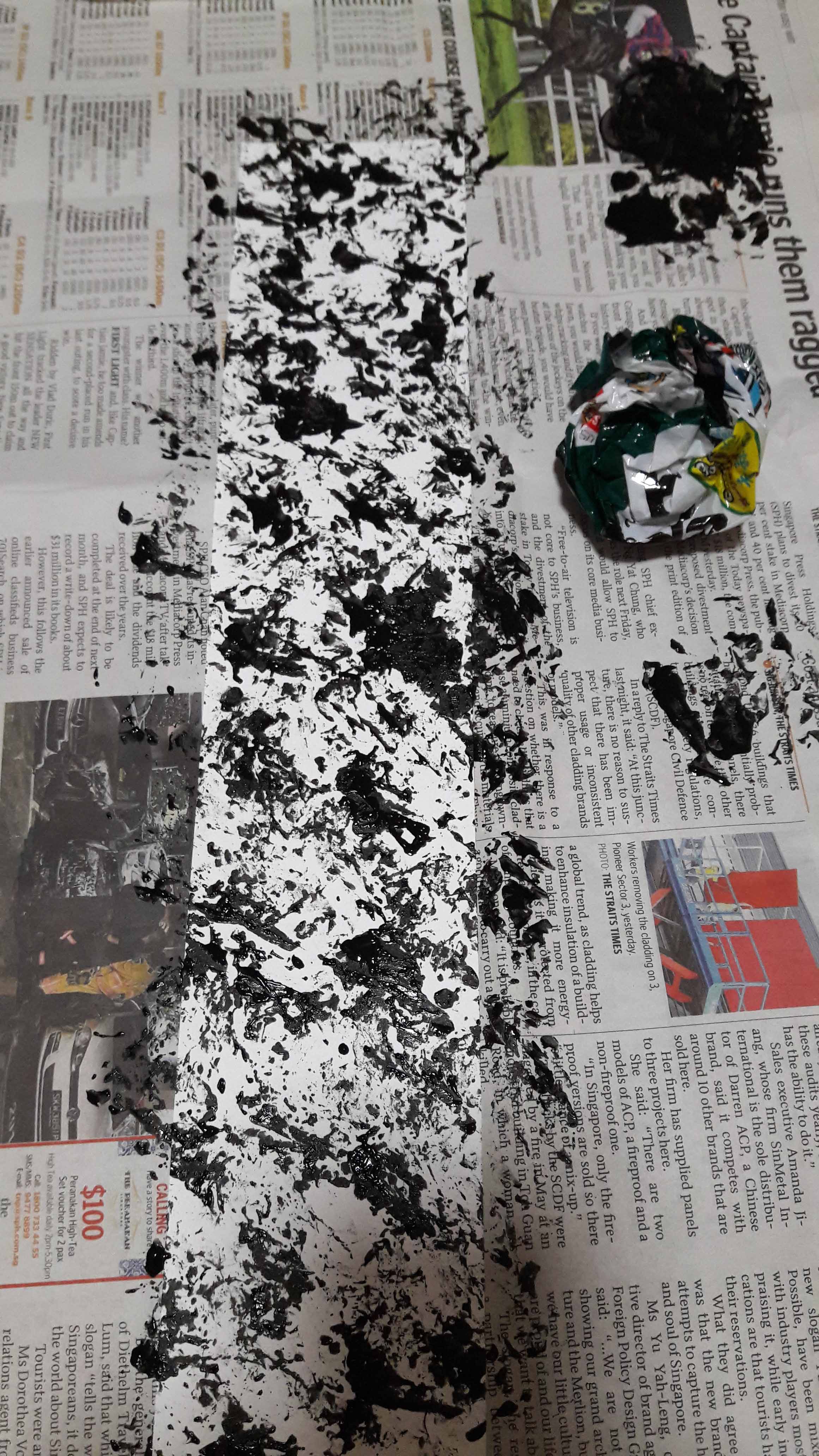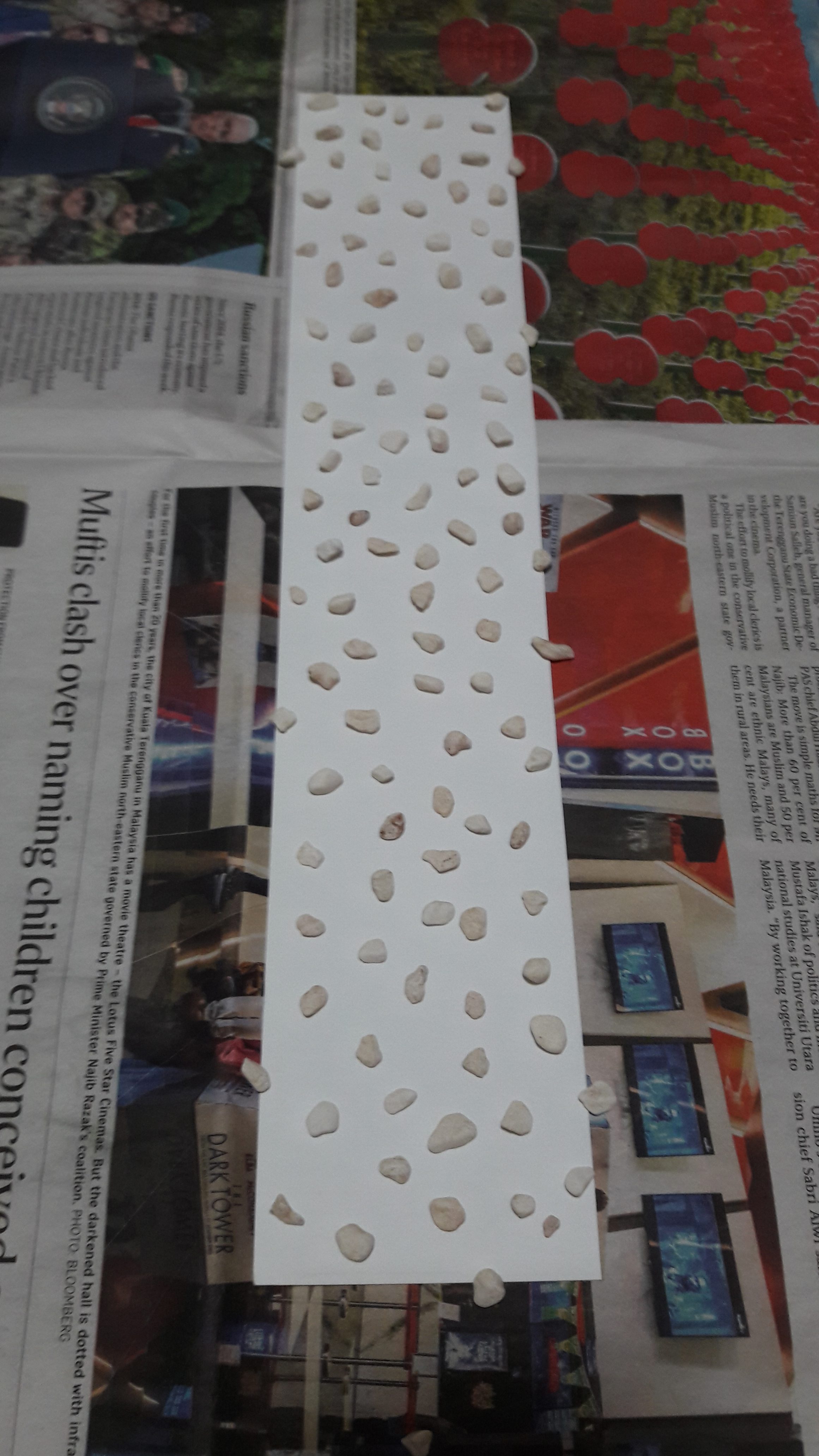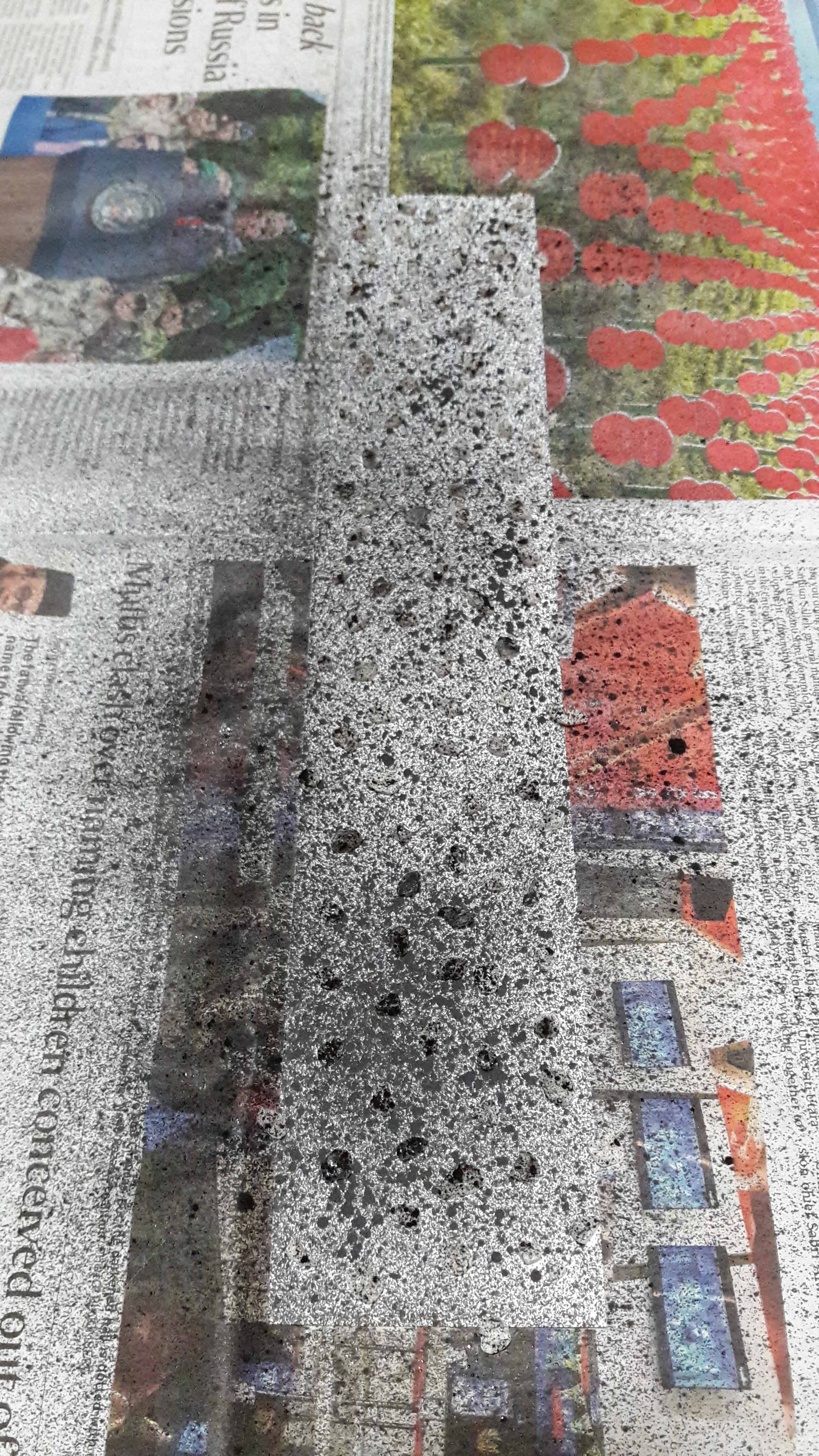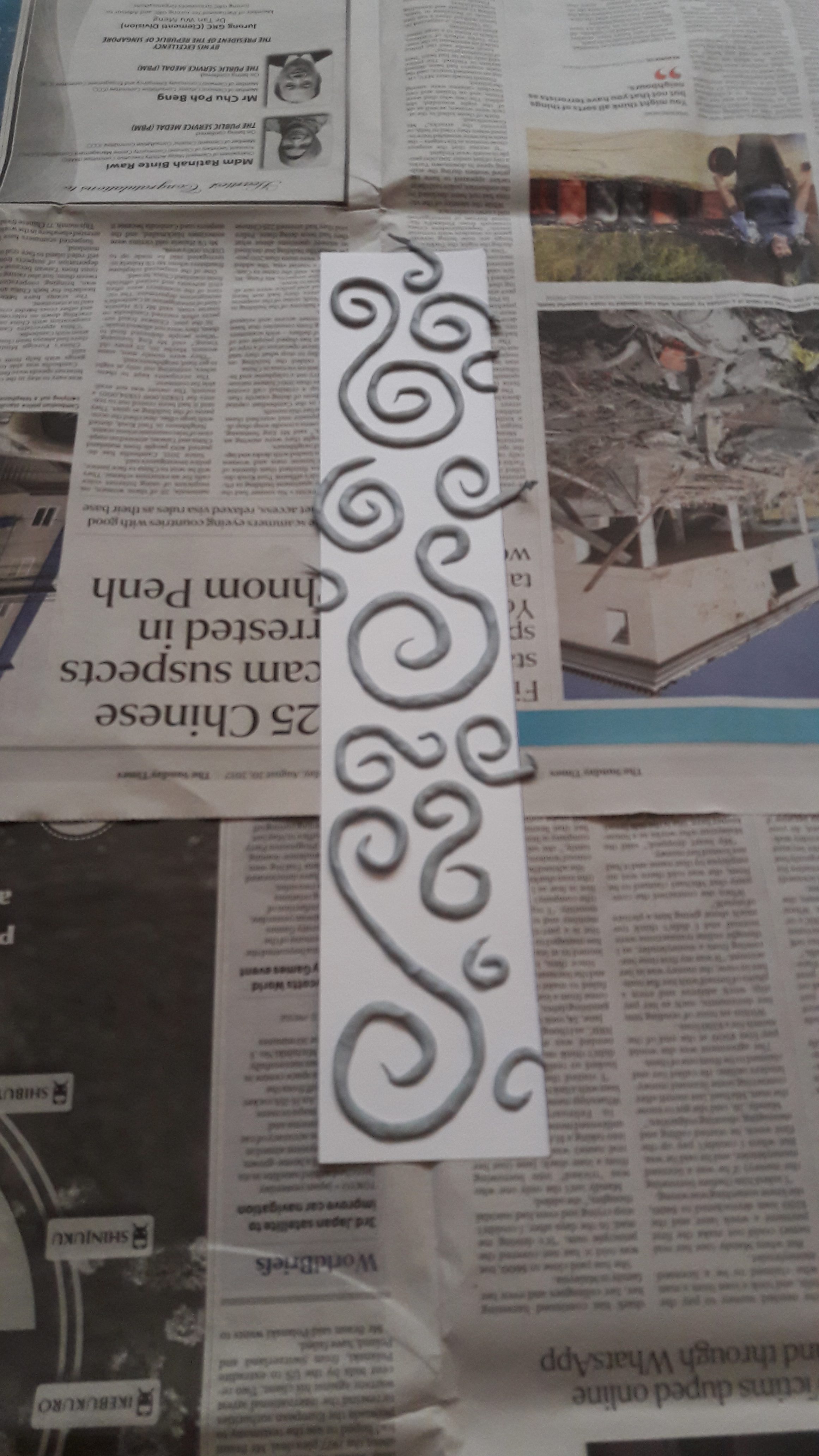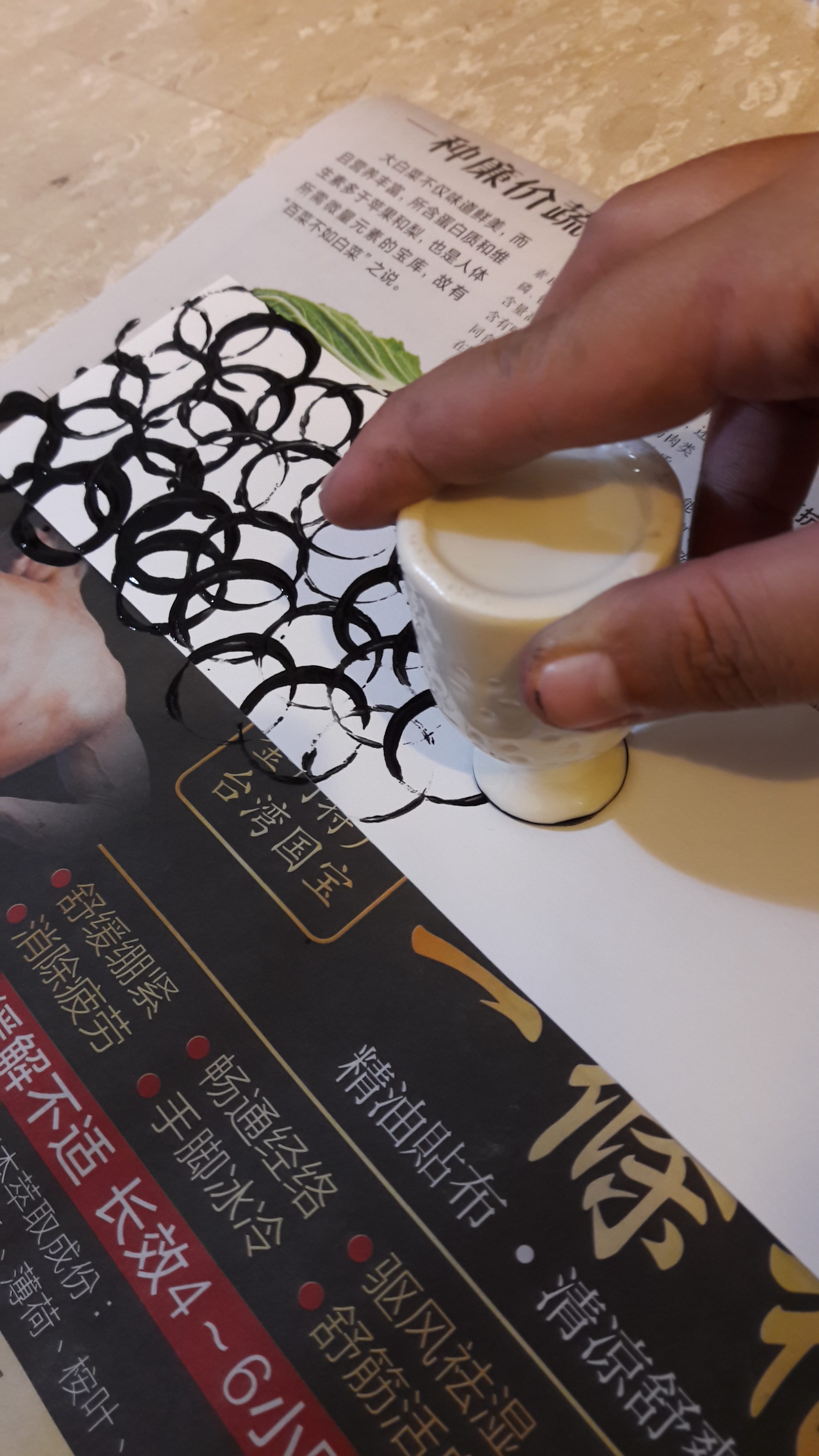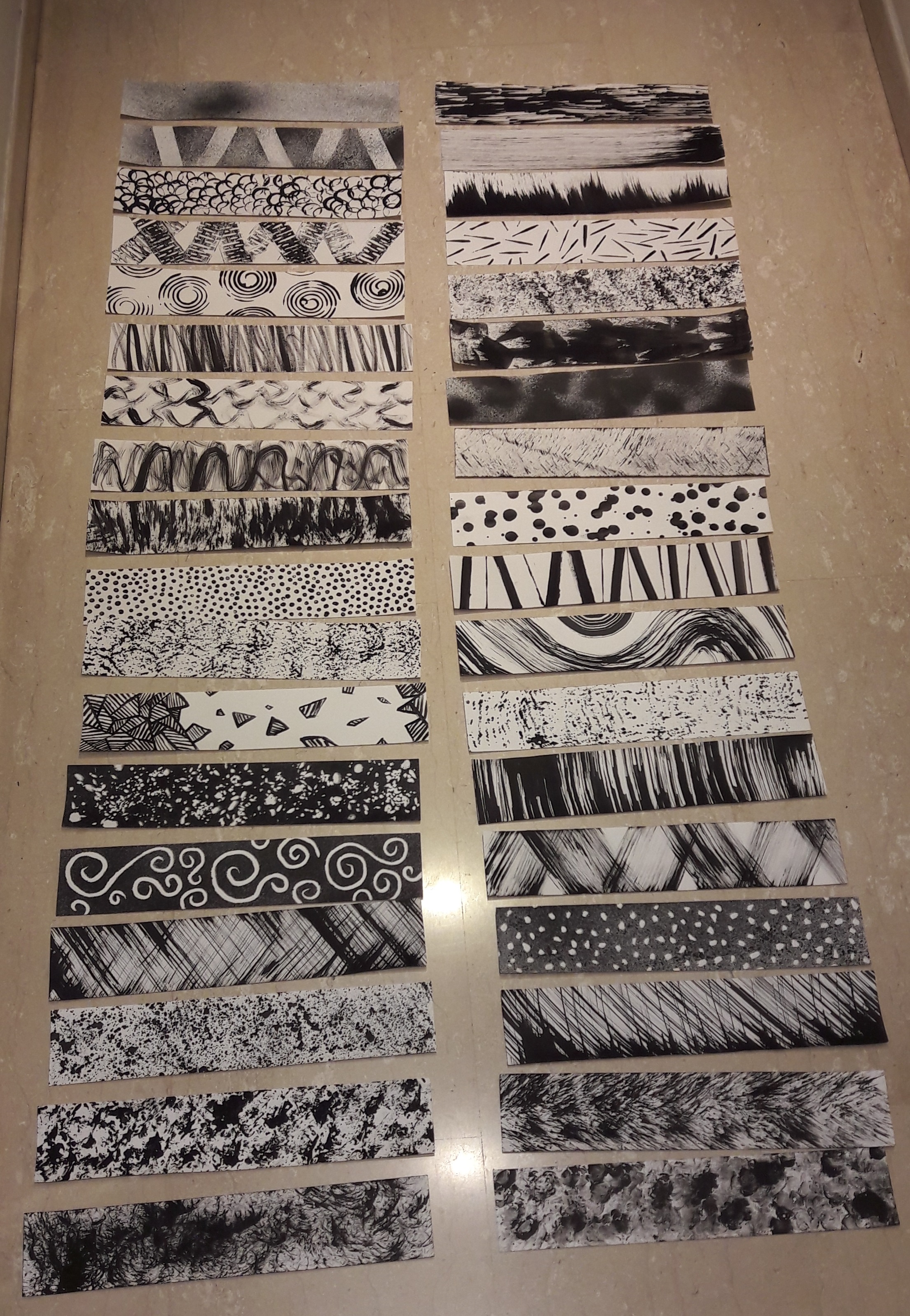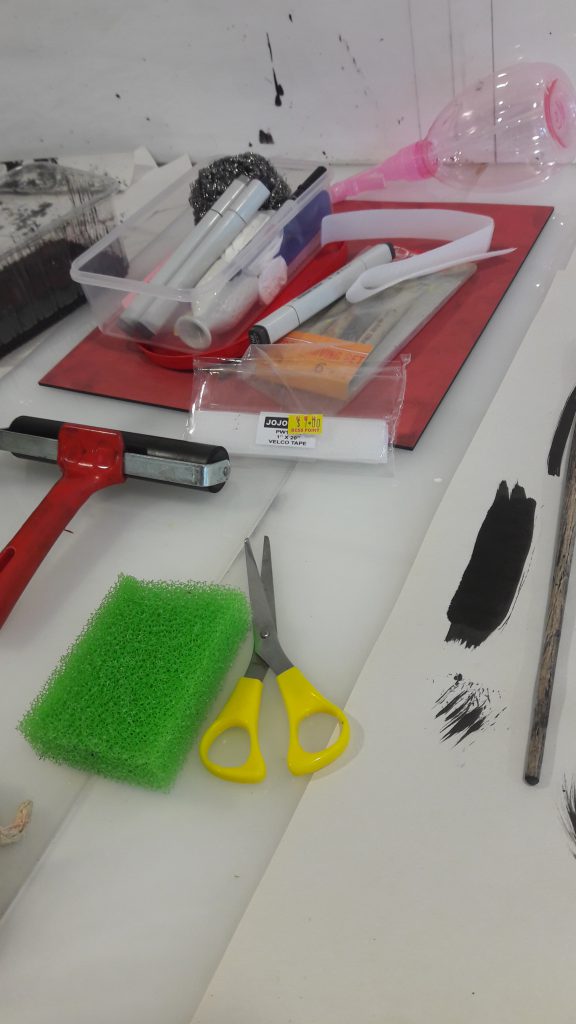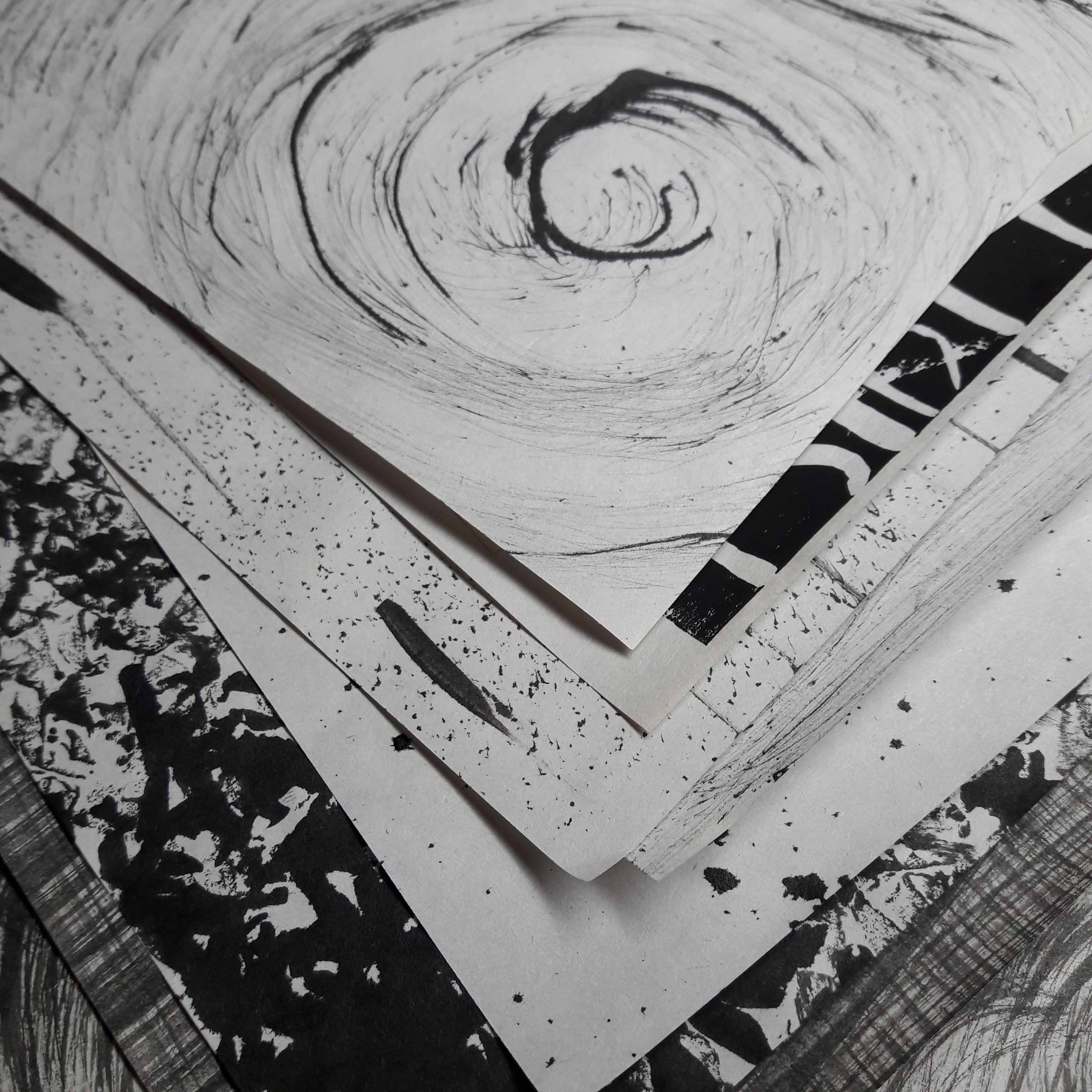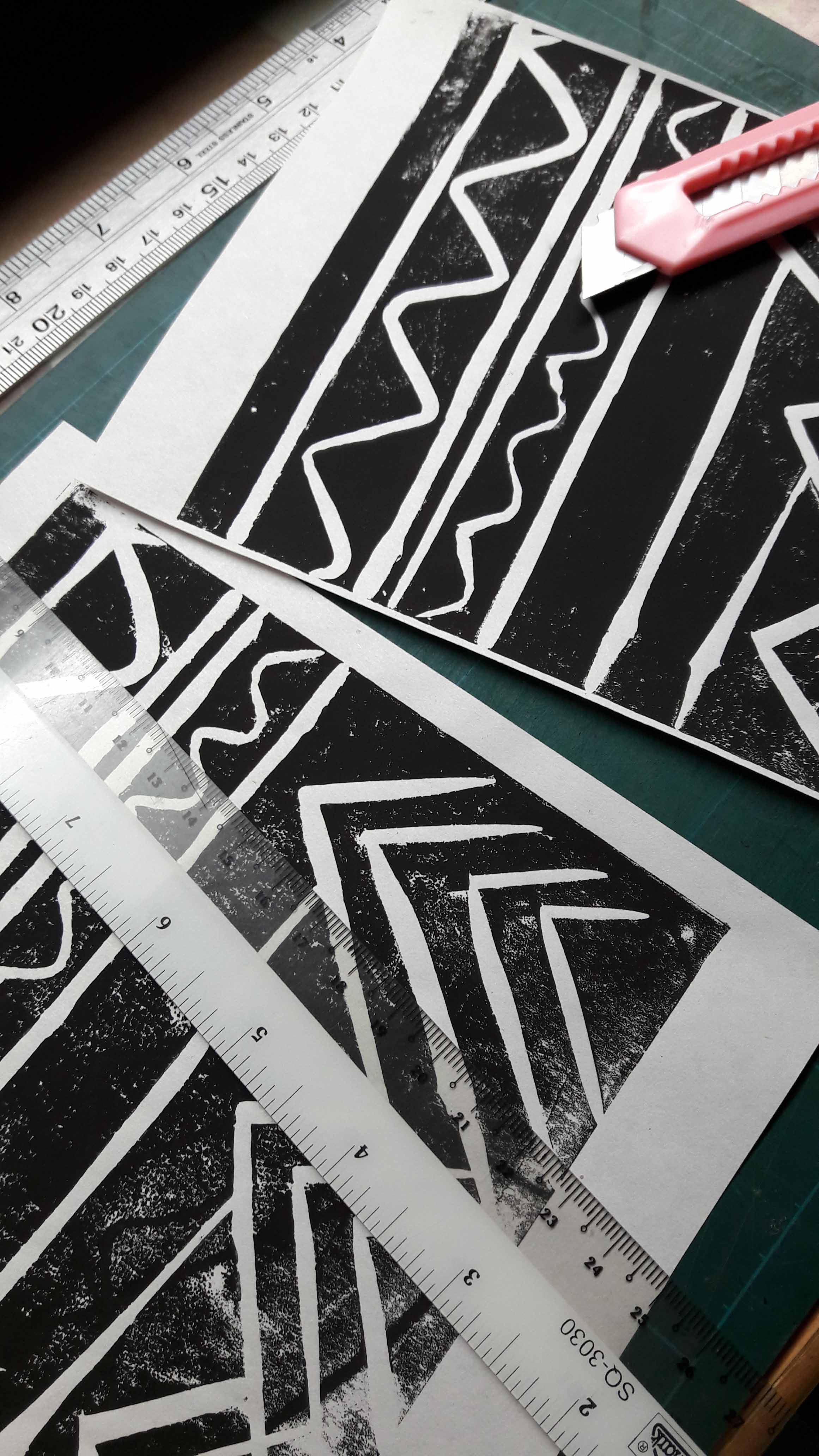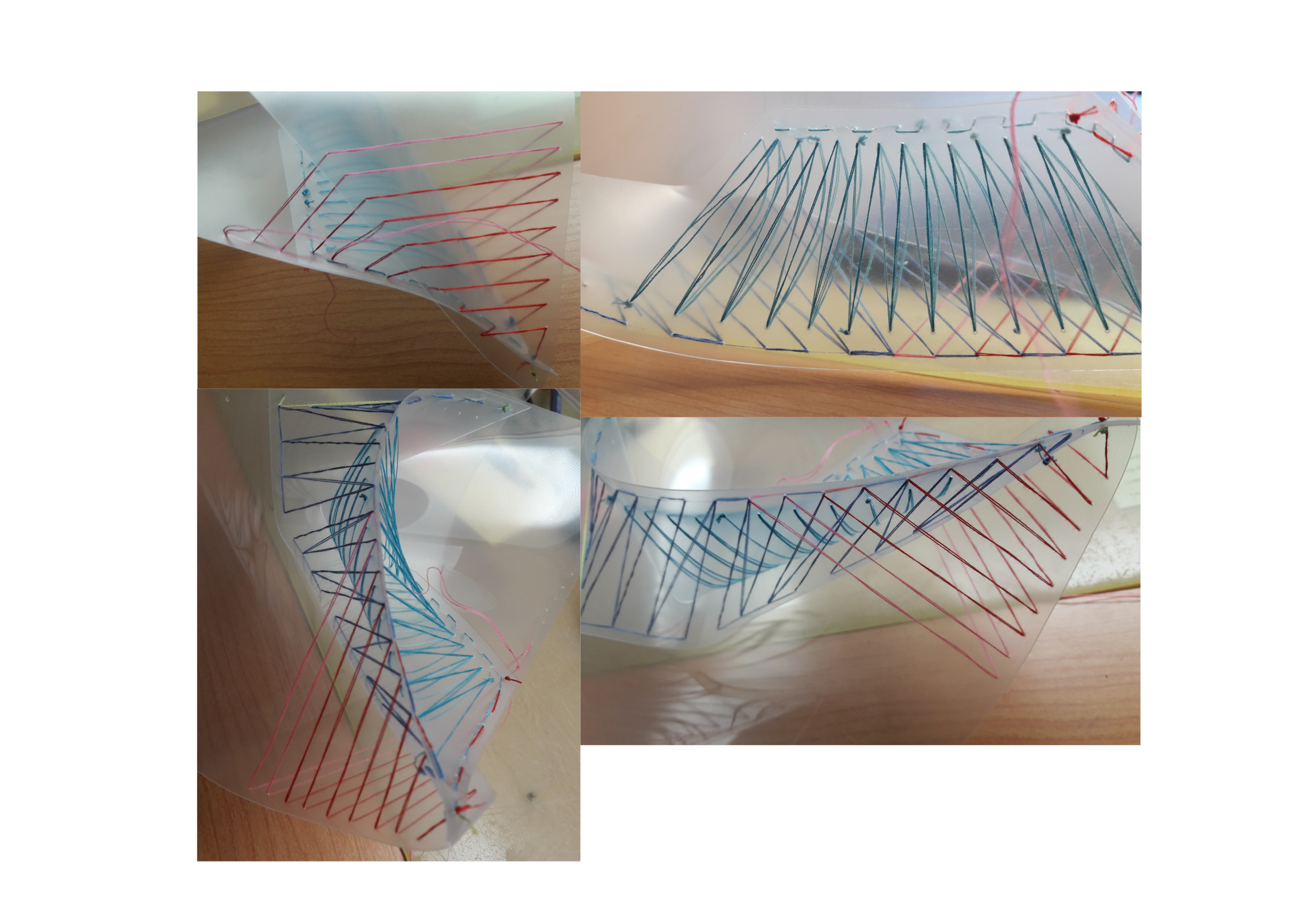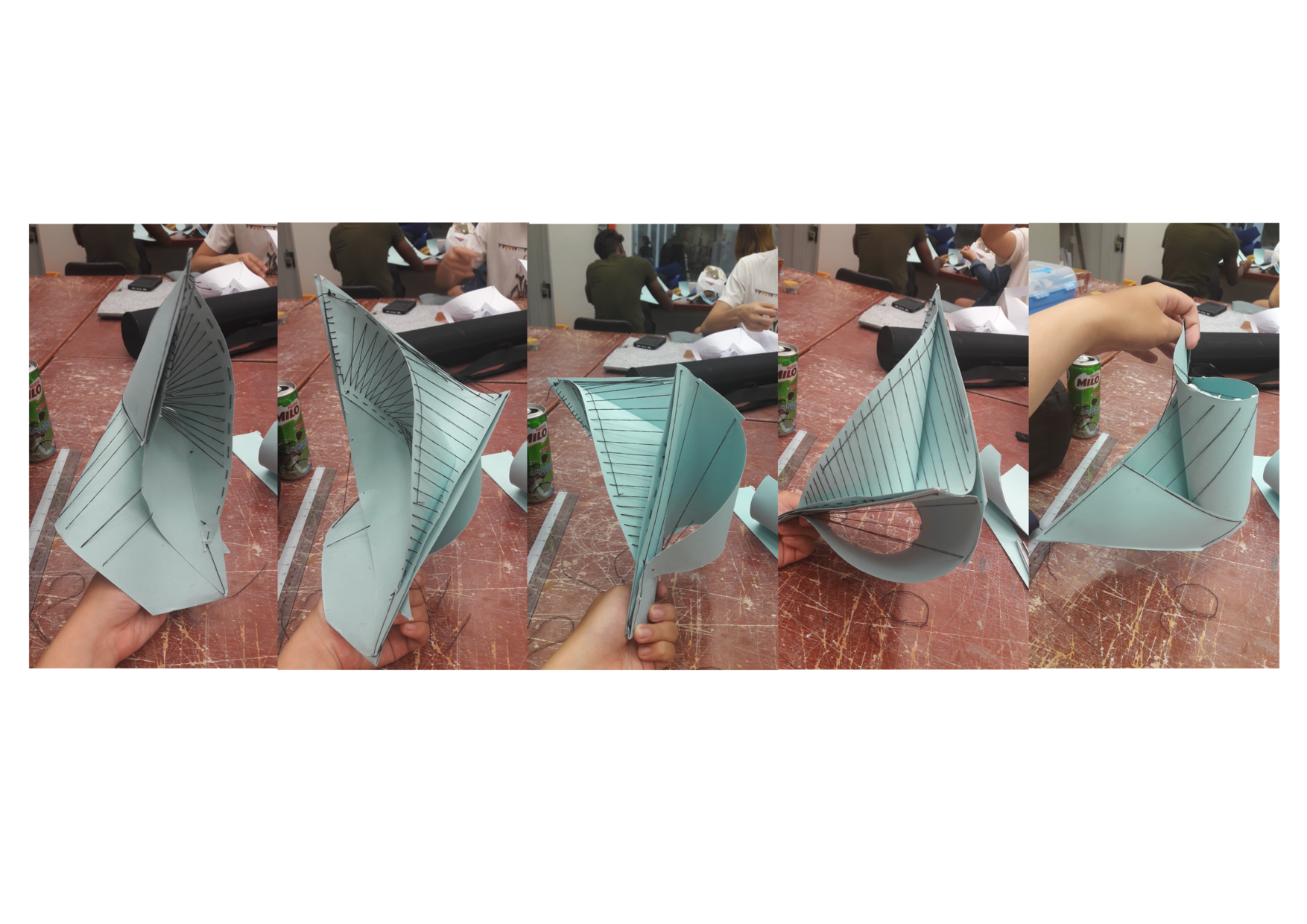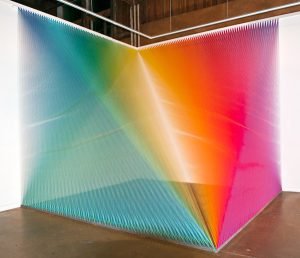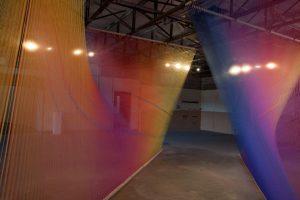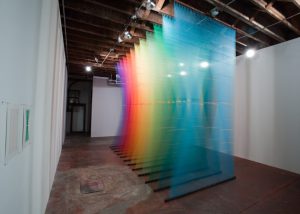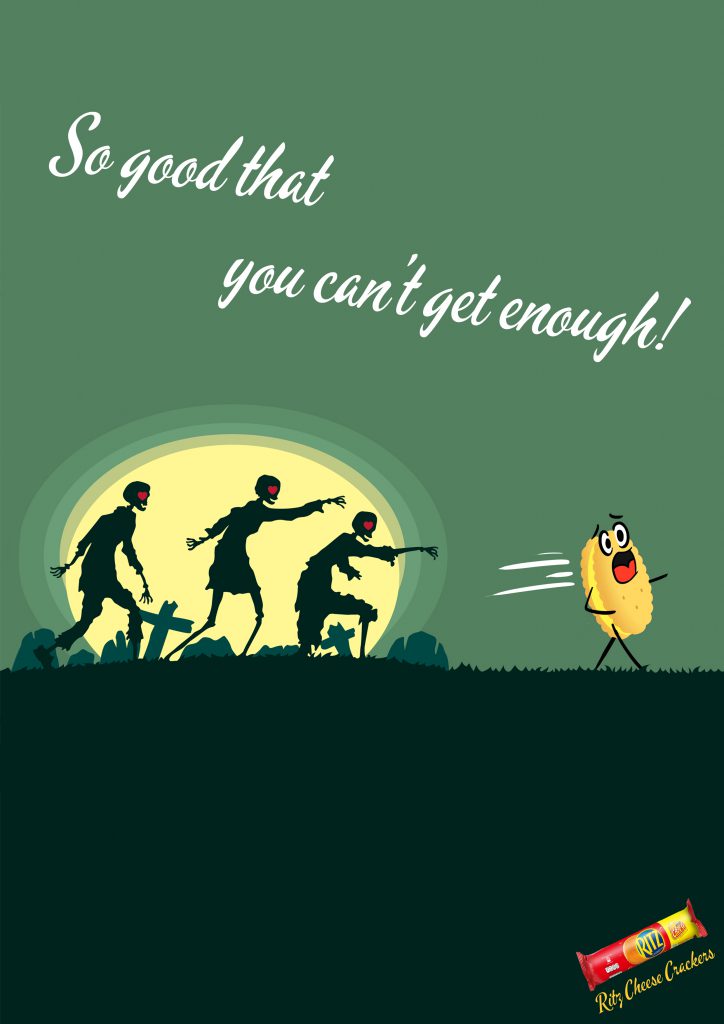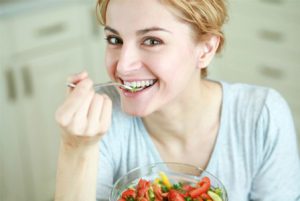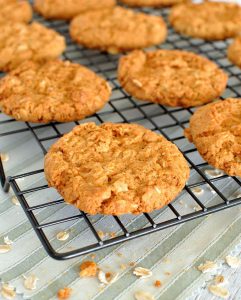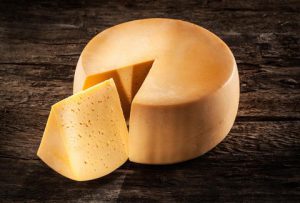What are some of the key questions Barthes aims to investigate in the article?
How does meaning get into the image?
Where does it end?
And if it ends, what is there beyond?
What are some of the key terms/ concepts introduced and discussed?
3 concepts/messages:
First message whose substance is linguistics
Its supports are the caption, which is marginal, and the labels, these being inserted into the natural disposition of the scene, ‘en abyme’.
The linguistic message is thus twofold: denotational and connotational.
Second message – Iconic Message
Signs for an image, which we will assume that they form a coherent whole (for they are all discontinuous). But this requires a general cultural knowledge and to refer back to signifieds each of which is global (for example, Italianicity), imbued with euphoric values.
Third message – Literal Message
Reading of an image to understand that it assembles in a common space.
A number of identifiable (namemable) objects, not merely shapes and colours.
The signifieds of this third message are constituted by the real objects photographed.
The sign of this message is not drawn from an institutional stock, is not coded and we are brought up against the paradox of a message without a code.
The two functions of the linguistic message with regard to the (twofold) iconic message: anchorage and relay.
All images are polysemous; they imply, underlying their signifiers, a ‘floating chain’ of signified, the reader able to choose some and ignore others.
The denoted image:
A new space-time category: spatial immediacy and temporal anteriority
The photograph being an illogical conjunction between the here-now and the there-then.
The photograph must be related to a pure spectorial consciousness and not to the more projective, more “magical” fictional consciousness on which film by and large depends.
Rhetoric of the image:
“The one lexia mobilizes different lexicons.”
Lexicon: A portion of the symbolic plane (of language) which corresponds to a body of practices and techniques. There is a plurality and a co-existence of lexicons in one and the same person, the number and identify of these lexicons forming in some sort a person’s idiolect. The language is composed of idiolects, lexicons and sub-codes.
Do you agree or disagree with his argument and point of view?
I agree with his argument and point of view. I do believe that, the three messages: a linguistic message, a coded iconic message and a non-coded iconic message can always be found in the photograph and that literal image is denoted and the symbolic image is connoted. I agree with his point of “all images are polysemous; they imply, underlying their signifiers, a ‘floating chain’ of signified, the reader able to choose some and ignore others.” As one image can often have more than one distinct meaning thus it can be implied differently depending on the individual who’s looking at the image.
Provide a brief analysis (200 words) on an advertisement of your choice by using the terms/ concepts proposed by Barthes and discuss the role of text and its relationship with the image in the advertisement. Please include an image the advertisement in your post.

The linguistic in this advertisement is the captions.
Denotative would be captions, “Big”, “Beefy”, the names of the burgers (Double Quarter Pounder with cheese, Big Mac, Angus Deluxe Third pounder)
Connotative would be the caption, “Bliss”
The caption, “ Bliss” Acts as an “anchor” as, when it mentions the word bliss, it remotely controls the viewer towards a meaning of “eating the burger would give you bliss”, of which this meaning was chosen in advance and permits the viewer to focus both visually and in terms of understanding about this advertisement.
The coded Iconic messages are, the images of the Burgers that look huge on the advertisement which is trying to relay the fact that their burgers will be big and that the fresh looking ingredients and beef patty on the burger is to show the large amount of beef on the burger.
The non-coded iconic message would be that, they used photographs of the burger, of which is an illogical conjunction between the here-now and the there-then. Of which the photographs are not the actual representation of the actual burgers as the photographs have most likely been altered to present the message intended.

